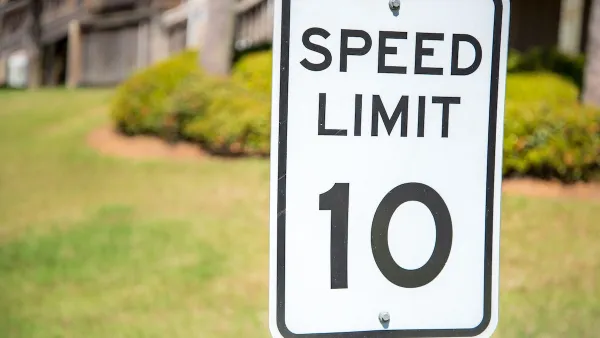While car use is growing in Beijing and other Chinese cities, cars account for less than 1% of trips in the Xiguan district of Guangzhou. Karl Fjellstrom explains how the city has used preserved its historic core for walking.
Fjellstrom writes, "Guangzhou's historic core, continuously inhabited for 2,200 years, is typified by the Xiguan area of Liwan District, where the historic continuity of the city is immediately perceptible. Today, the area faces pressure for redevelopment. Office, retail, and residential towers sprout up wherever there is space, though in Guangzhou the city centre developments tend to use more of a plot-by-plot rather than a tabula rasa demolition approach. The result, when it is done well, is ongoing densification and gradual renewal resulting in a diverse mix of building ages that helps retain the rich urban fabric."
Fjellstrom concludes that the mix of old and new planning, urban design and transit are the secret to creating this sort of walkability.
FULL STORY: Guangzhou and a Glimpse into the Future: Changing China

Planetizen Federal Action Tracker
A weekly monitor of how Trump’s orders and actions are impacting planners and planning in America.

Map: Where Senate Republicans Want to Sell Your Public Lands
For public land advocates, the Senate Republicans’ proposal to sell millions of acres of public land in the West is “the biggest fight of their careers.”

Restaurant Patios Were a Pandemic Win — Why Were They so Hard to Keep?
Social distancing requirements and changes in travel patterns prompted cities to pilot new uses for street and sidewalk space. Then it got complicated.

Platform Pilsner: Vancouver Transit Agency Releases... a Beer?
TransLink will receive a portion of every sale of the four-pack.

Toronto Weighs Cheaper Transit, Parking Hikes for Major Events
Special event rates would take effect during large festivals, sports games and concerts to ‘discourage driving, manage congestion and free up space for transit.”

Berlin to Consider Car-Free Zone Larger Than Manhattan
The area bound by the 22-mile Ringbahn would still allow 12 uses of a private automobile per year per person, and several other exemptions.
Urban Design for Planners 1: Software Tools
This six-course series explores essential urban design concepts using open source software and equips planners with the tools they need to participate fully in the urban design process.
Planning for Universal Design
Learn the tools for implementing Universal Design in planning regulations.
Heyer Gruel & Associates PA
JM Goldson LLC
Custer County Colorado
City of Camden Redevelopment Agency
City of Astoria
Transportation Research & Education Center (TREC) at Portland State University
Camden Redevelopment Agency
City of Claremont
Municipality of Princeton (NJ)





























